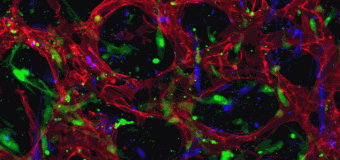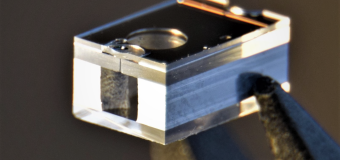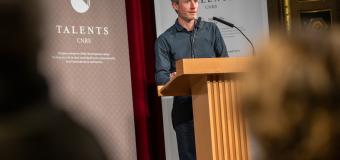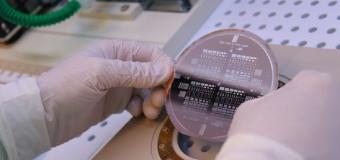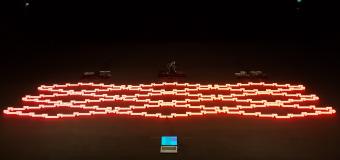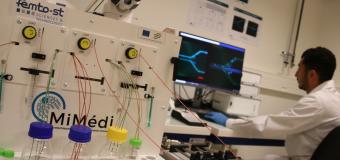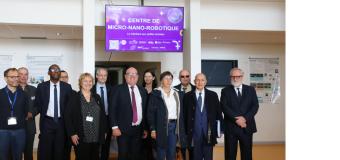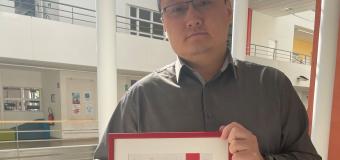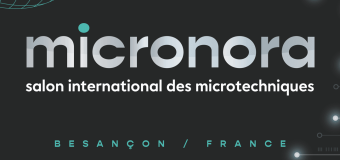Two ERC Grants for FEMTO-ST Institute in 2011
logo ERC

logo ERC
Professor John Dudley from the Institut FEMTO-ST (UMR 6174 CNRS-Université de Franche-Comté) and Professor Frederic Dias from University College Dublin (on leave from ENS Cachan) have received an Advanced Grant of 1.8 million euros from the European Research Council (ERC).
Their project called MULTIWAVE will aim to unravel the mysteries behind freak waves in the ocean by looking at how such waves can also arise in optical systems.
[[{"fid":"1756","type":"media","view_mode":"default","attributes":{"class":"media-element file-default ext-link"},"fields":{"format":"default","alignment":""},"link_text":"More information (pdf, 148 Ko)"}]]
Dr. Yanne Chembo from the FEMTO-ST Institute (UMR 6174 CNRS-Université de Franche-Comté) has received a Starting Grant of 1.4 million euros from the European Research Council (ERC).
His project entitled NEXTPHASE (NEXT generation of microwave PHotonic systems for AeroSpace Engineering) aims to investigate and implement a new generation of microwave radiation sources using photonic technologies, with the potential to outperform existing oscillators.
[[{"fid":"1755","type":"media","view_mode":"default","attributes":{"class":"media-element file-default ext-link"},"fields":{"format":"default","alignment":""},"link_text":"More information (pdf, 195 Ko)"}]]


